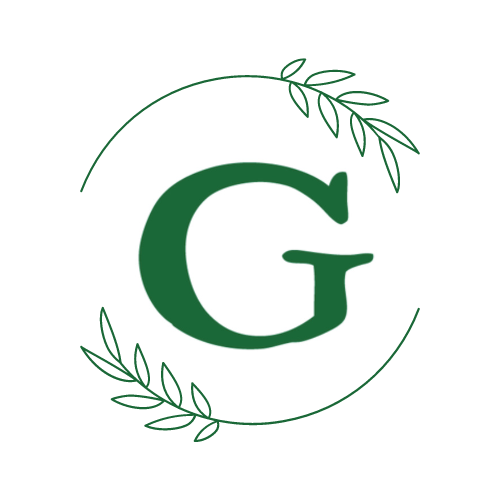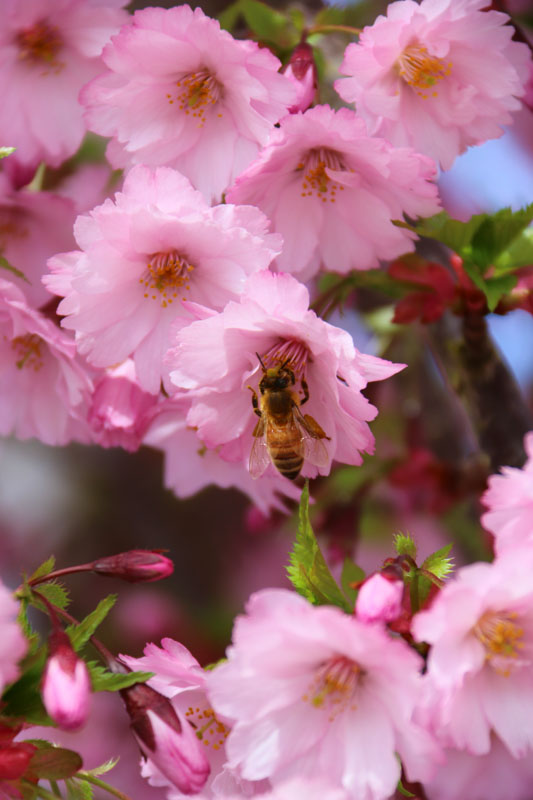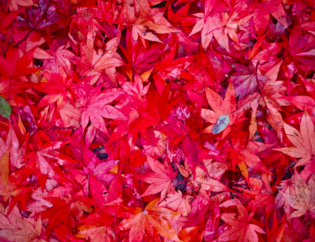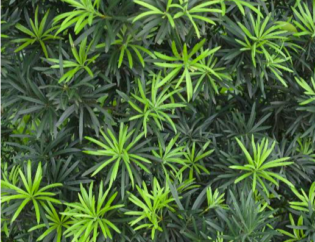No, it’s a flowering cherry tree!
These trees will surely bring a flurry of flowers to brighten your yard. I highly recommend driving by The Greenery in late March to witness this “pink cloud” tree in its full glory. Even better, take a stroll through the rose garden and enjoy the flowering beauty up close and personal.
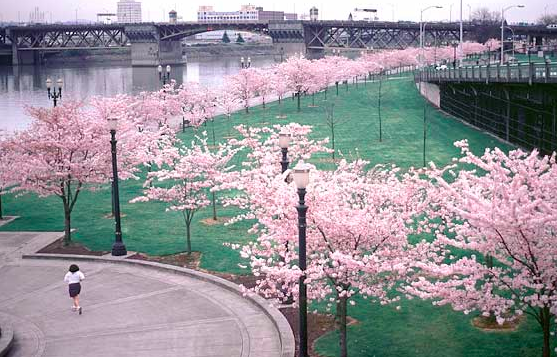
Notable Varieties:
‘Akebono’
‘Akebono’ is the variety pictured above in full bloom. The bright pink flowers are more pink than other flowering cherry varieties. It has a standard upright form, reaching 25′ tall by 25′ wide. It is a notable variety for the disease resistance and yellow fall foliage.
‘Kwanzan’
‘Kwanzan’ is loved for the double petals, which make the flowers look like little pom poms. They are also a rosier color than most. This variety has a more upright vase form and grows 30′ tall by 20′ wide. Fall foliage is orange-red.

‘Okame’
‘Okame’ has long-lasting bright, single pink flowers. It grows into an upright, oval form, 25′ tall by 20′ wide. Green foliage in summer turns yellow, orange and red in Fall.

‘First Blush’
First Blush has light pink, double flowers. Grows 25′ tall and 12′ wide. The growth habit is upright and narrow which is unusual for a flowering cherry. This growth habit is great fit for small spaces. Fall color is bright orange to orange red.
Caring for Flowering Cherries
Exposure: Full sun is best for fullest bloom. They will handle some dappled shade or afternoon shade in our climate.
Water: Flowering Cherries are susceptible to root rot (Phytophthora) when watered too frequently or in poor draining soils. Water deeply once established and avoid lawn watering. For more information, please see the The Greenery’s Planting Guide you receive with purchase, speak to one of our knowledgeable staff in store or visit our blog below.
Fertilizing: We recommend using Bumper Crop All Purpose fertilizer for steady, sturdy growth and overall health of the tree.
Pests: Flowering Cherries are susceptible to a number of different boring insects. These borers are the larvae of a beetles or moths, depending on the species. The female beetle lays her eggs in the bark, preferring cracks, crevices and any physical damage to the tree. Once the egg hatches, the larvae begin feeding on the tree, drilling holes as it eats. This damage can cause a range of damage from unsightly to severe damage to the tree, depending on the population of the larvae. The only way to control these insects is by prevention. The tree needs to be treated in March which is typically prior to egg laying. You can spray, use a systemic drench or paint the tree in March. If you spray, be sure to use a spray that lists these borers. We recommend Bonide Fruit Tree & Plant Guard or Monterey Fruit Tree Spray Plus for an organic option. Sprays would need to be repeated as directed on the label. If a drench is preferred we recommend Monterey Once A Year, applied in March. If a paint is preferred, we recommend Go Natural Tree Paint. The Tree Paint also helps prevent sunburn, which these trees are also susceptible to, in our climate. All of these products are available in store.
